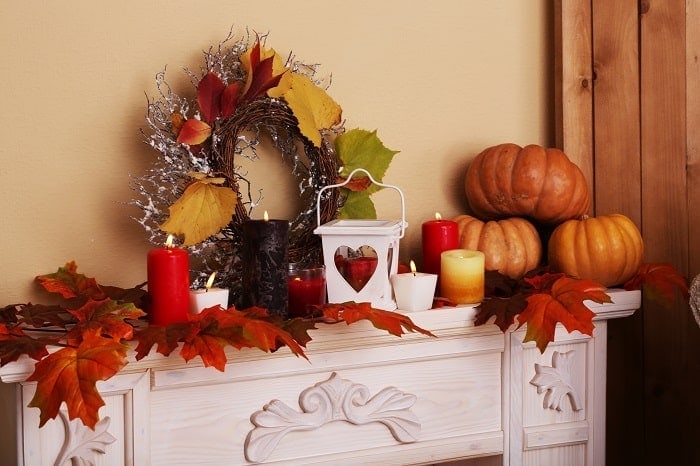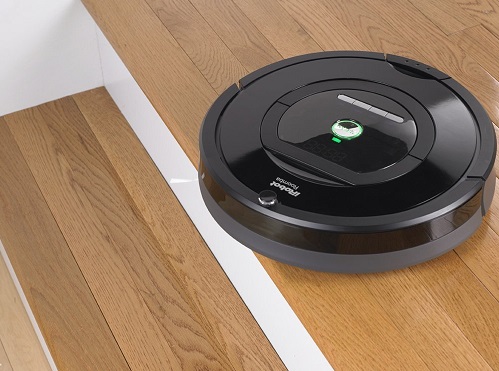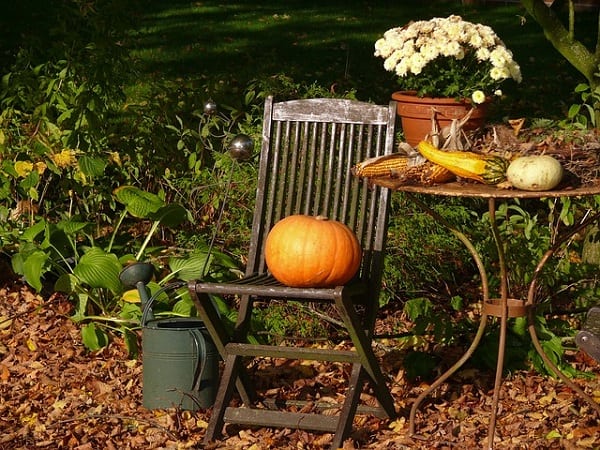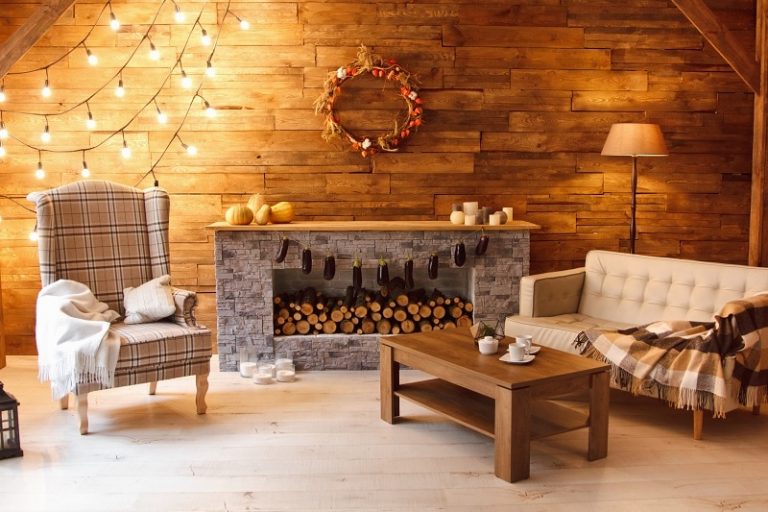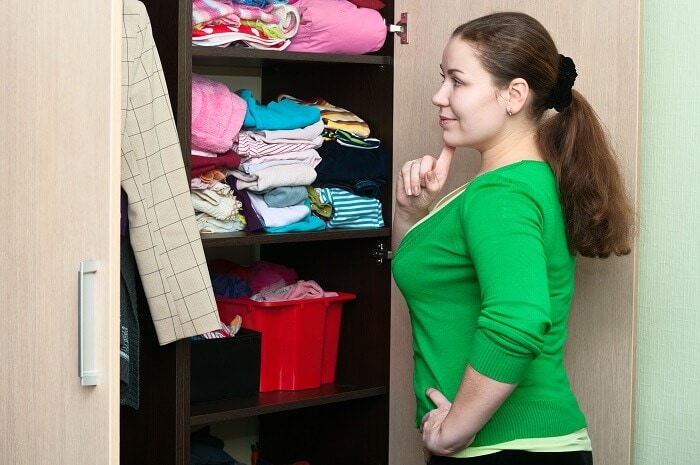How To Grow Your Own Herbs
Supermarkets can be expensive. When it comes to buying culinary herbs or those used for medicinal purposes, the best alternative is to grow your own herbs. It provides ample supply for your needs and even a novice can manage caring for herb plants.
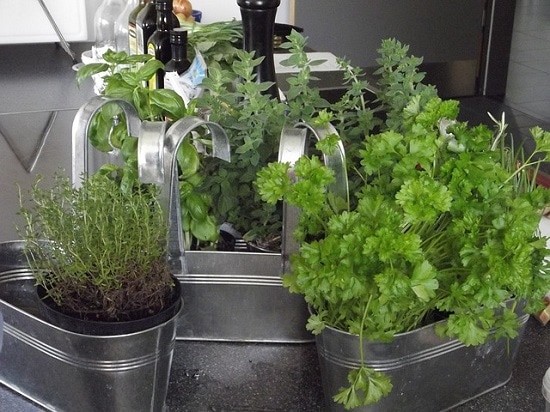
Table of Contents
Indoor versus Outdoor
There are two options for growing herbs. People who live in apartments or who do not have access to a wide enough patch outdoors can grow their herbs indoors. Indoor plants are less likely to be affected by worms, insects, yellowing by the sun and weather issues. As long as you have access to adequate sunlight, fertilizer to nourish your plants, good drainage and water, they will live and thrive.
For people who have an area available for growing outdoors, a variety of herbs can be cultivated. One advantage to an outdoor space is that you can plant more herbs. Some plants take over and therefore need to be planted alone. Others have strong smells and are best kept to themselves as well.
Growing from Seed and Seedling
Depending on your preference, you can grow herbs from seedlings or seeds. It is a bit more work to grow from seeds, though.
Herbal seeds kits are available at most garden centers. They act as small greenhouses, holding in moisture as the seed takes root. Once they sprout and become mature enough, transplant them into the ground.
Seedlings that already have maturity work well for those who don’t have a green thumb. The hard part is done and you can begin by transplanting into the ground.
Tips For Starting An Outdoor Herb Garden
1. Choose your herbs
Some herbs grow best from seedlings and some from seeds. Know which ones work best and then decide how you want to begin the herbal garden process. Also learn which ones need sunlight (or shade) and certain water requirements. Try to group plants according to their growth requirements for best results.
2. Fix your soil
Measure your space. A plot about 10 by 20 (square feet) is adequate. Raised beds can keep you from having to weed constantly.
Turn over the soil to remove weeds, rocks, and any other debris. Make sure that the soil is good for drainage and air circulation. For nourishment, add in organic compost.
3. Plant your herbs
Section off your spaces for specific kinds of herbs. Plant more than one seedling per type of herb so that you always have enough to harvest.
4. Keep them watered
Over-watering can retard growth. Add water regularly to keep the soil moist but not overly damp. A layer of mulch on top can keep weeds away.
Harvest leaves during the summer and into fall. Some herbs are hearty enough to stay fresh and potent through the winter, but most will fall off and lose flavor. It is best to harvest at their peak.
Tips For Starting an Indoor Herb Garden
Whether you are trying to expand your culinary palette or create a more natural medicine cabinet, here are some tips for starting your own indoor herb garden. Many plants grow well indoors. As long as you have ample sunlight on at least one side of your home and a tiny bit of space, it can be done – even if you don’t have a green thumb.
1. Choose your herbs
Decide what herbs you want to grow. Some are best placed in their own pots to avoid mixing the smells or tastes. For instance, chives have an onion flavor and might be too strong to grow next to mint.
2. Choose your pots
Use containers that are large enough to accommodate the roots of growing plants with holes in the bottom and a pan at the bottom for drainage.
3. Add the soil
Most herbs come in small containers so you will need to re-pot them. Fill the new pot about three-fourths full with a potting mix that contains fertilizer.
4. Add the herb plant
Carefully remove your plant from the original container, gently shaking off excess dirt from the root ball. Cover the root ball with more soil.
5. Water your herb
Add water until the soil is damp but not too wet. Plant herbs with similar water requirements together in the same pot if you like.
6. Add light
Place plants in a window that gets a lot of sunlight, for at least eight hours. Place shorter plants in front so all get enough sun.
In as little as four to six weeks, you can begin to harvest your herbs for medicinal and/or cooking needs.
Growing your own herbs can be both rewarding and fun. Once you get them started, a little maintenance is all you need for wonderful results.

